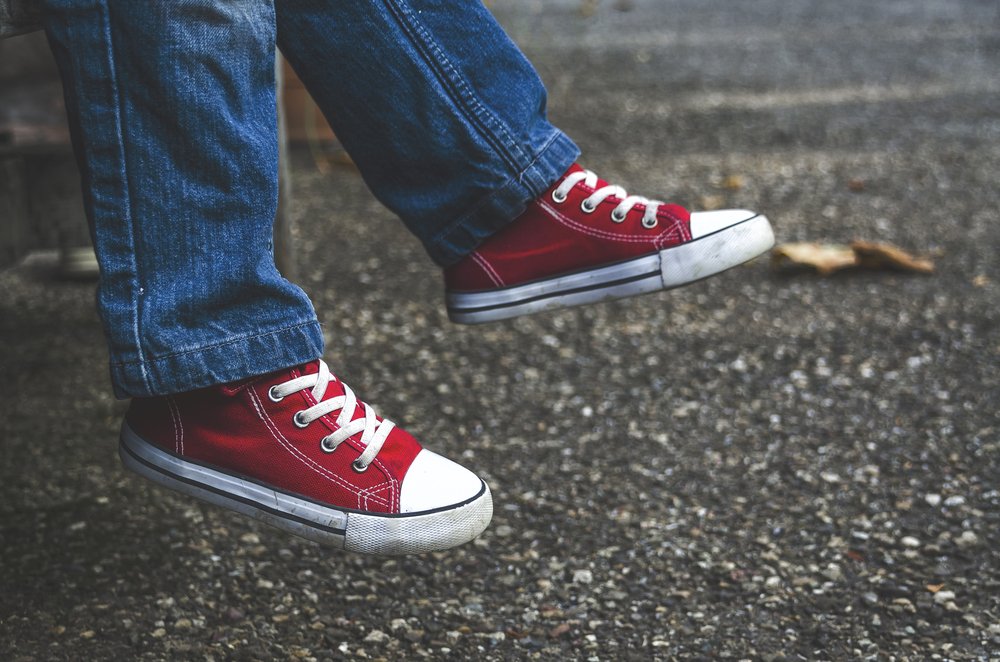Biodex Includes Music Therapy in Its Cerebral Palsy Rehabilitation Treadmill

Biodex Medical Systems has developed the first movement rehabilitation treadmill for cerebral palsy that includes a music therapy component.
The Gait Trainer 3 offers both audio and visual feedback that patients with CP and other movement disorders can use to adjust their walking patterns. It assesses step length, speed and symmetry, or right-to-left step timing.
It also allows the work of music therapists to reach more people.
Music therapy can improve nervous-system-related movement functioning, studies have shown.
Two kinds of audio cues can activate certain areas of the brain to facilitate walking. They are called rhythmic auditory stimulation cues and patterned sensory enhancement cues. The Gait Trainer 3 combines both forms of music therapy.
The music must be specially selected or composed, or it can actually worsen gait, however.
To develop its device, Biodex teamed up with therapists, recording people and business professionals involved in the Movement Tracks Project. The collaborators are working on new ways to compose and record music to advance walking-rehabilitation technology. The advances will likely benefit children with cerebral palsy and adults with Parkinson’s disease.
The Gait Trainer 3 includes a number of licensed music-therapy compositions. Rehabilitation therapists can add songs to that mix.
“The idea behind merging the music technologies with biomedical technologies is that right now there is nothing to bridge the gap,” Hope Young, president of the Center for Music Therapy and co-producer of the Movement Tracks Project, said in a news release. “And the music is so powerful in the treatment of these disorders.
“Everything has to be done live by a music therapist,” she added. “And there’s too few of us.”
The Gait Trainer 3 will help those who develop music therapy reach more people with cerebral palsy and Parkinson’s.
“We can’t magically clone extras of us,” Young said. “This device efficiently lets us take the best of our training, practice and skills, and have them recorded and then shared with the rest of the clinical team. It helps us to be able to see more patients with the amount of time that we have.”
Cerebral palsy is a group of disorders that affect a person’s ability to move and maintain balance and posture. It is the most common motor disability in childhood. About one in 323 American children has it, according to the Centers for Disease Control and Prevention.


